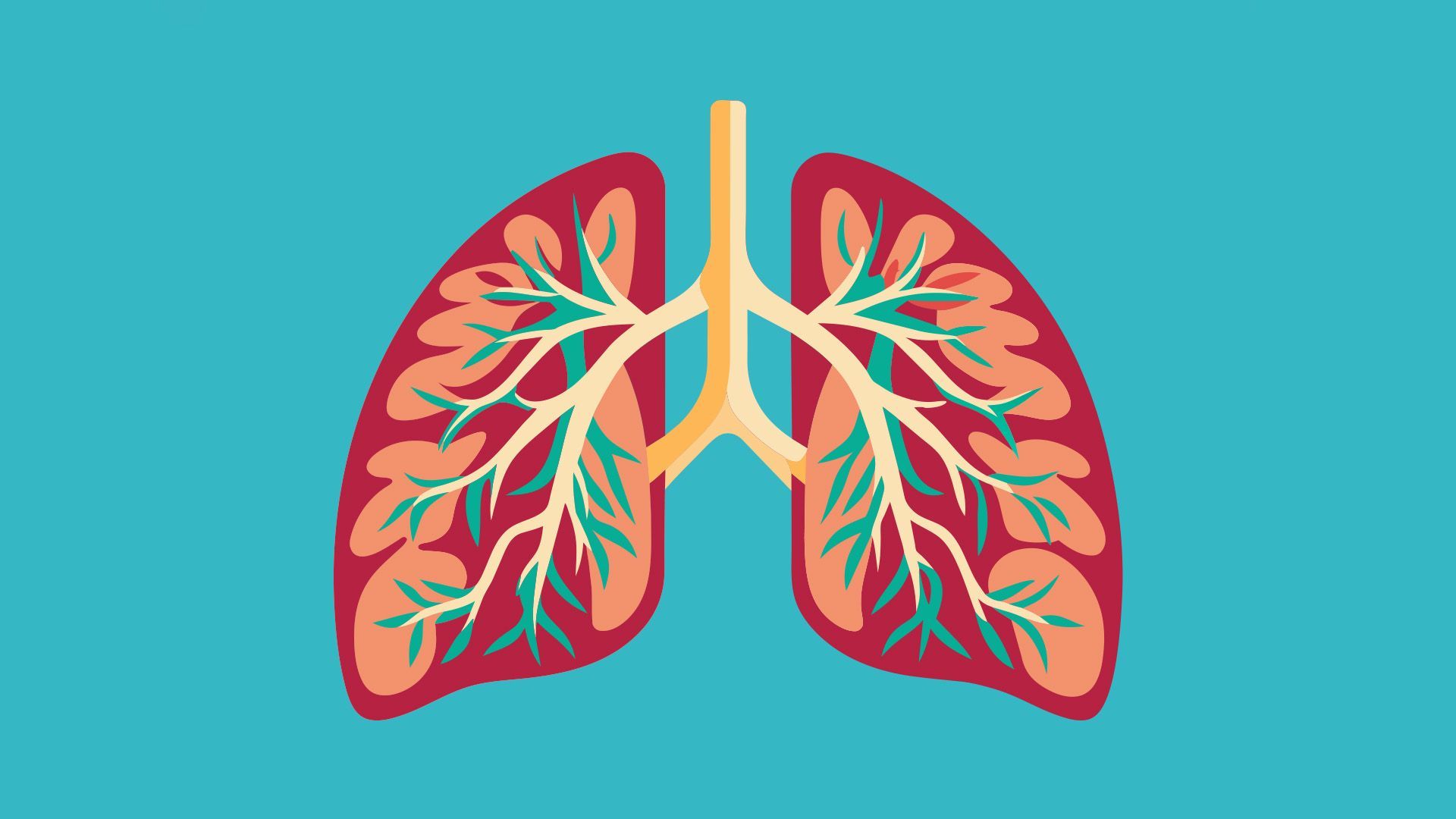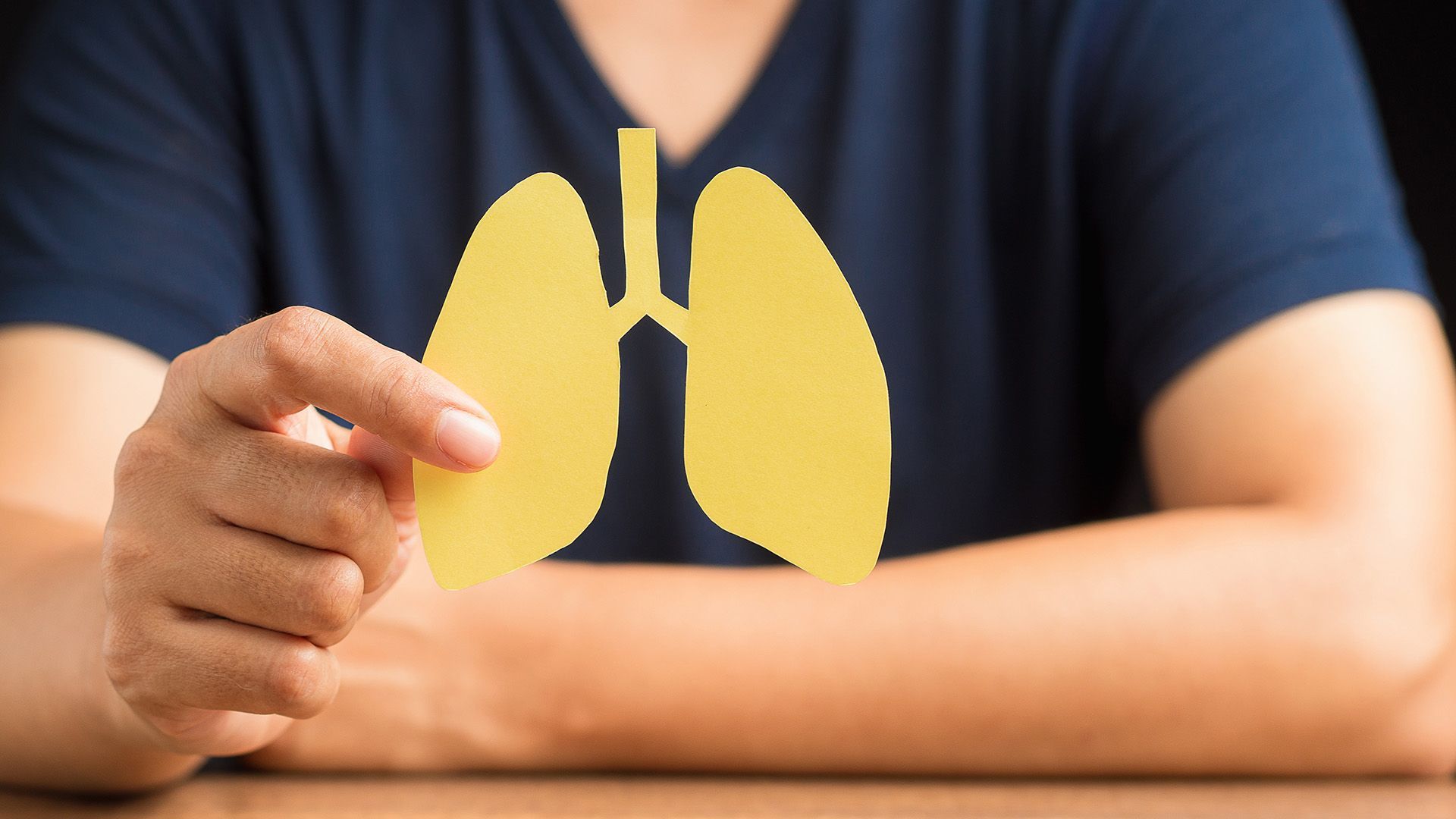Damp in the home can pose fungal health risk
Clues that lurking mould could be a concern
Fungal spores are all around us, and mould can quickly develop in damp areas of the home, often unnoticed and out of sight. Awareness and prevention should be a priority for all, as prolonged exposure to mould can potentially lead to long-term health effects, particularly for at-risk groups.
“Mould exposure, particularly in poorly ventilated indoor environments, can lead to a variety of health symptoms — especially for individuals with underlying respiratory conditions, allergies, or weakened immune systems,” warns Dr Raisa Bhikoo, a pulmonologist and specialist physician practising at Netcare N1 City Hospital.
“It’s important to note that while mould can trigger symptoms in many people, the severity and type of reaction can vary widely depending on an individual’s health status and level of exposure. Even without a formal diagnosis, constant low-grade symptoms like fatigue, coughing, or sinus pressure can take a toll on one’s daily functioning and mental wellbeing,” she says.

Pulmonologist and specialist physician, Dr Raisa Bhikoo
Common mould-related symptoms include:
- Upper respiratory symptoms such as nasal congestion, sneezing, runny nose, sore throat, and sinus pressure.
- Lower respiratory symptoms, including coughing, wheezing, shortness of breath, and chest tightness, are especially common in people with asthma or chronic lung disease.
- Eye, skin, and throat irritation, which may feel like a burning or itching sensation.
- Exacerbation of asthma or allergic rhinitis: Individuals with pre-existing respiratory allergies or asthma may experience worsened symptoms or more frequent attacks.
- Fatigue and general malaise have also been reported in individuals with prolonged mould exposure, although this is often more difficult to attribute directly.
“Ongoing mould exposure can also lead to persistent inflammation of the sinuses or airways, resulting in chronic sinusitis, nasal polyps, or new-onset allergic rhinitis in susceptible individuals. Talk to your doctor if you are concerned that mould may be affecting your health. While there’s no single test that can definitively prove mould is affecting your health, there are several investigations we can do to support the diagnosis and rule out other causes,” Dr Bhikoo points out.
“In rarer cases, individuals with severely compromised immune systems, such as transplant recipients or people on chemotherapy, may be at risk for more serious infection, especially if they are exposed to certain species like Aspergillus, which causes aspergillosis – an invasive fungal infection which is a medical emergency requiring urgent treatment.”
“It can be difficult to tell whether your symptoms are specifically due to mould exposure, as the symptoms often overlap with those caused by colds, allergies, sinus infections, or other respiratory conditions. However, there are a few key clues that may suggest mould is contributing to your symptoms.”
Four clues that symptoms could be mould-related:
- Where do symptoms strike? If your symptoms worsen when you're in a specific environment, such as at home, in a damp office, or an older building, and improve when you leave, mould exposure is more likely to be a factor.
- When did it start? If you're experiencing persistent nasal congestion, coughing, sinus issues, or asthma-like symptoms that don’t resolve with usual treatment, especially during rainy seasons or in a damp setting, mould should be considered a potential factor.
- Who else is affected? If others in the same environment are experiencing similar symptoms, this raises suspicion that something in the shared space — like mould, for example — could likely be the trigger.
- Visible mould or dampness: Obvious signs, such as water damage, musty odours, or visible mould growth in your living or working space, support the likelihood that symptoms could be related.
“Individuals with certain underlying health conditions — particularly asthma, allergies, or weakened immune systems — are at higher risk of experiencing health issues related to mould exposure,” Dr Bhikoo points out.
Mould exposure can be worse for people with
- Asthma: Mould spores can act as a trigger, causing increased wheezing, shortness of breath, coughing, or even asthma attacks. In some cases, chronic exposure can make asthma harder to control.
- Allergic rhinitis or sinusitis: People with allergies, especially to airborne particles like dust mites or pollen, are more likely to develop symptoms like nasal congestion, sneezing, postnasal drip, and itchy eyes when exposed to mould.
- Weakened immune systems: This includes individuals undergoing chemotherapy, those with HIV, transplant recipients, or people on long-term immune-suppressing medications.
- Chronic lung conditions: Individuals with conditions such as chronic obstructive pulmonary disease (COPD) or bronchiectasis may also be more susceptible, as mould exposure can exacerbate inflammation and increase the risk of infections.
“Mould exposure can cause symptoms in sensitive individuals even when test results are not definitive. Management usually involves both medical treatment and addressing the environmental source,” she advises. We may sometimes recommend a home or workplace inspection for the presence of mould, humidity levels, or water damage if a person’s symptoms strongly suggest environmental exposure.
“If you suspect long-term exposure, it’s advisable to consult a healthcare provider for a thorough evaluation. The good news is that with early intervention, it is possible to prevent complications from mould exposure and significantly improve the quality of life for affected individuals,” Dr Bhikoo concludes.
Tips for tackling mould in the home
“Mould is more than just a cosmetic issue — it can have real health consequences, especially with long-term exposure. The most important thing is not to ignore the problem. If you suspect mould in your home, it's important to act promptly — both to protect your health and to prevent the problem from getting worse,” says Dr Bhikoo, recommending the following immediate steps.
Limit your exposure:
- Stay out of the affected area, if possible, especially if you have asthma, allergies, or a weakened immune system.
- If you must enter the area, wear a well-fitted N95 mask and gloves to avoid inhaling mould spores or touching contaminated surfaces.
Improve ventilation:
- Mould thrives in damp, stagnant environments, so improving ventilation can help slow its growth. Open windows and use fans to increase airflow.
- Use a dehumidifier if the air feels damp, ideally keeping indoor humidity below 50%.
Identify and stop the source of moisture:
- Mould cannot grow without moisture. Check for leaks in roofs, pipes, windows, or walls, and address them immediately.
- If there’s flooding or water damage, dry the affected areas within 24 to 48 hours.
Clean small areas safely (where appropriate):
- For small mould patches on hard surfaces, you can clean them using soap and water, or a diluted bleach solution (1 cup bleach to 3.7 litres of water). Always wear protective gear and never mix cleaning products.
- Avoid trying to clean porous materials, such as carpets or ceiling tiles — these often require replacement.
Consult professionals for extensive or ongoing problems:
- If the mould covers more than about 1 square metre, or if it keeps coming back, it's best to call a qualified mould remediation specialist.
- They can safely remove the mould and identify hidden sources of moisture or growth (e.g., behind walls or under floors).
Monitor your health:
- If you develop respiratory symptoms, skin irritation, or worsening asthma, see a doctor. Early treatment and removal from exposure can prevent long-term effects.













